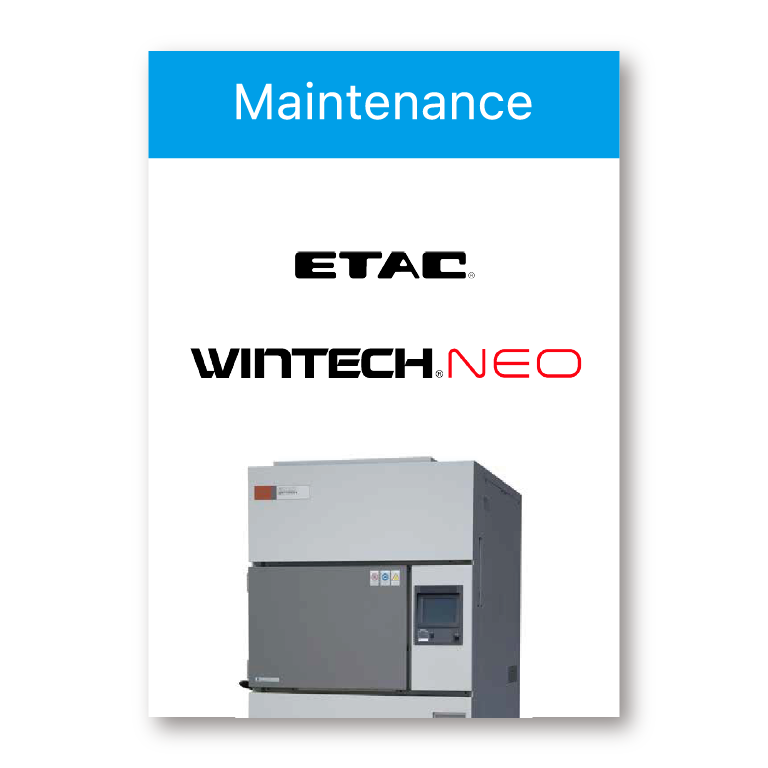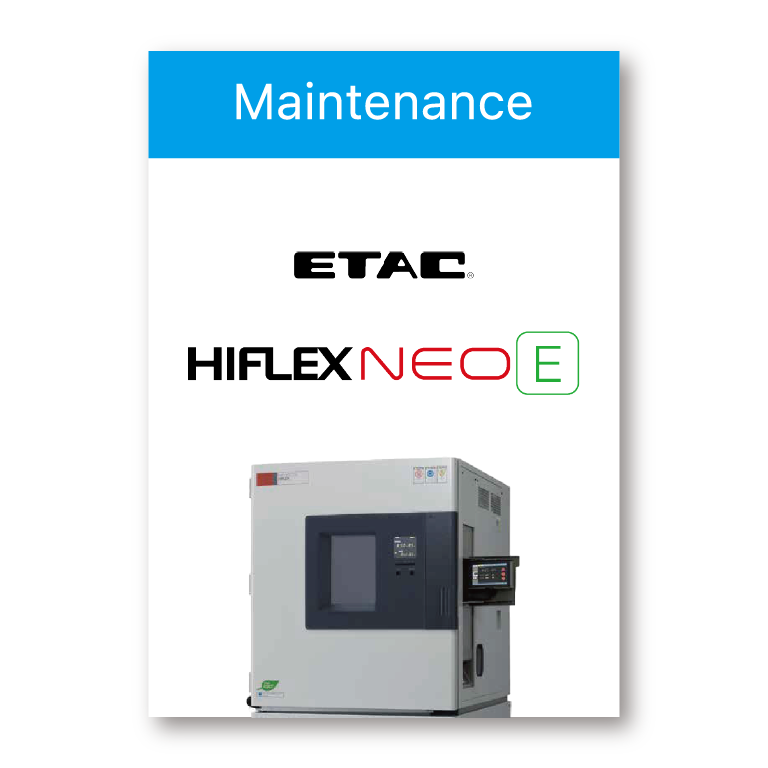-
maintenance
WINTECH NEO Cooling water piping cleaning method
For water-cooled models, if the cooling water piping is clogged with dust or foreign matter, abnormal pressure or abnormal temperature heating may occur. This section describes how to clean the cooling water piping.
-
maintenance
WINTECH NEO Dust Prevention Filter Cleaning Method
For WINTECH NEO (air-cooled version), a filter cleaning alarm is triggered approximately every two months to have the dust filter inspected. This section explains how to clean the dust filter.
-
maintenance
HIFLEX NEO-E Refrigeration Filter Cleaning Method
This section explains how to remove and clean the refrigerator filter. Please note that operation without a filter may cause dust to get into the fins of the condenser, resulting in reduced performance.
-
maintenance
HIFLEX NEO-E Humidification Pan Cleaning Method
Long-term humidity operation can cause white solids to adhere to the humidification pan and humidification heater, which can lead to defects. This section describes the cleaning procedures and precautions needed in such cases.
-
maintenance
HIFLEX NEO-E sub-tank cleaning method
If the operation is to be shut down for more than one month, the sub-tank must be drained. This section explains how to drain the sub-tank and the essentials of filter removal, cleaning, and reassembly.
-
maintenance
HIFLEX NEO-E Water level adjustment method
This section explains how to check and adjust the water level in the humidification pan and wick pan. When opening the service panel during operation for adjustment, be careful to avoid electric shock, burns, or injury.
-
maintenance
HIFLEX NEO-E Wick Gauze Exchange Instructions
Wick gauze must be replaced whenever it becomes dirty, hardened, or after operating at temperatures of 100°C or higher. This section explains how to replace wick gauze.


